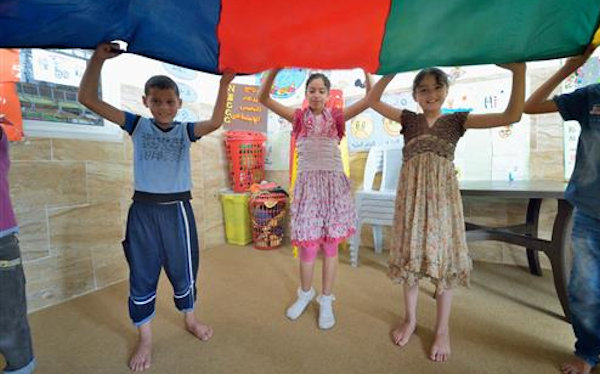The UMC’s mission leader talks about three barriers to religious freedom around the world today.
THOMAS KEMPER
General Bd of Global Ministries
The free expression of religious belief is a universally affirmed human right, yet one routinely violated in parts of the world today. Religious freedom is fundamental to democratic societies, even while its nature and scope are hotly debated. Further, religious freedom is too often underappreciated by those who reap its benefits. Global peace and security will never be achieved without mutual respect among the world’s various religious communities and the cultures they have spawned.
The United Methodist Church fulfills a major role in the interpretation and defense of religious freedom for reasons that extend beyond a guarantee of human rights. Religious freedom for Christians is grounded in the New Testament’s theology of divine love; it is essential to effective Christian mission, both as a birthright for Christians to enjoy and to extend to neighbors and other children of God.
In my own experience, early discoveries about the denial of religious freedom helped to shape my understanding of mission theology. I first encountered both the desire for and the denial of religious freedom when I was a child living in a politically divided Germany during the Cold War years (1960s and 1970s). Religious liberty prevailed west of the Berlin Wall but was denied in various degrees in the Communist east. I heard many firsthand stories in my local church about people who were denied the right to worship publicly or acknowledge their faith in God openly.
As a teenager, I became aware of and deeply troubled by prohibitions against the free expression of faith across the Soviet bloc. My awareness sharpened when, in 1975, I traveled with a group of young Christians from the west to Rostock in East Germany for a special ecumenical week. Youth from east and west could interact—up to a point.
“Looking over or through walls is no way for people to live. Our spirits are intended by God to be free in faith, not locked unwillingly in prisons built with stones of fear.”
I remember well the final service of worship that week. We sang “Lord, Your Love Is Like Grass on the Banks of the River,” a song about the universality of God’s grace and the hope for freedom. But we were not permitted to sing the verse with the line [in English], “and yet there are walls between people and we only look at each other through grids; our enslaved ego is a prison built from the stones of our fear.” We were not to mention “the wall,” especially not in any negative critique. So during the song, some of us danced around using this and that to build a barrier that we tried to look through or over.
Also during that visit to Rostock, I came upon a building covered with socialist slogans. Naively, I took a few photographs—pictures I would never see. Immediately, I was invited in by stern officials for an “interview.” What was I doing? Who did I represent? In the end, I lost my film and learned not to wander in a Communist country snapping pictures. I also learned how seriously our eastern counterparts took their faith. Living out their faith risked damaging their professional careers and personal wellbeing. I returned from Rostock with new friends who taught me that believing in Jesus Christ sometimes means hardship and reprisal.
In 1983, I was part of a Hamburg Council of Youth exchange with the Soviet city of Leningrad (now, once again, St. Petersburg), Hamburg’s “sister city.” As a representative of a religious group, I was promised a visit with members of a comparable church group in Leningrad—but that meeting never happened. The authorities alleged “an inconvenience with the contact.” Years later, I revisited St. Petersburg to mark the 120th anniversary of Methodism in Russia, at which time I wished I had insisted on being introduced to Leningrad Christians back in 1983. We gathered for the 120th anniversary commemoration in the Lutheran Church of Saint Peter and Saint Paul on Nevsky Prospect, the main street. As I sat down in the church, I suddenly realized that during my first visit, this very sanctuary had been used as an indoor swimming pool by the local Soviet government. For decades, no Christian worship could take place in it.
My first experiences with religious freedom made a deep impression on me. They are my living memories that add to history’s chronicle of religious intolerance across the ages—intolerance and conflict between, among, and within religious faiths. The history of religious intolerance is long and ugly; it sometimes rightly indicts champions of religious freedom who gain it for themselves but then deny that right to others—as Christians did in fourth century Rome after Christianity became the official state religion. In this country, Puritans crossed an ocean for the right to practice their own faith in New England, only to shun all but like believers.
Read the rest of Kemper’s story.
Last Updated on January 9, 2023

